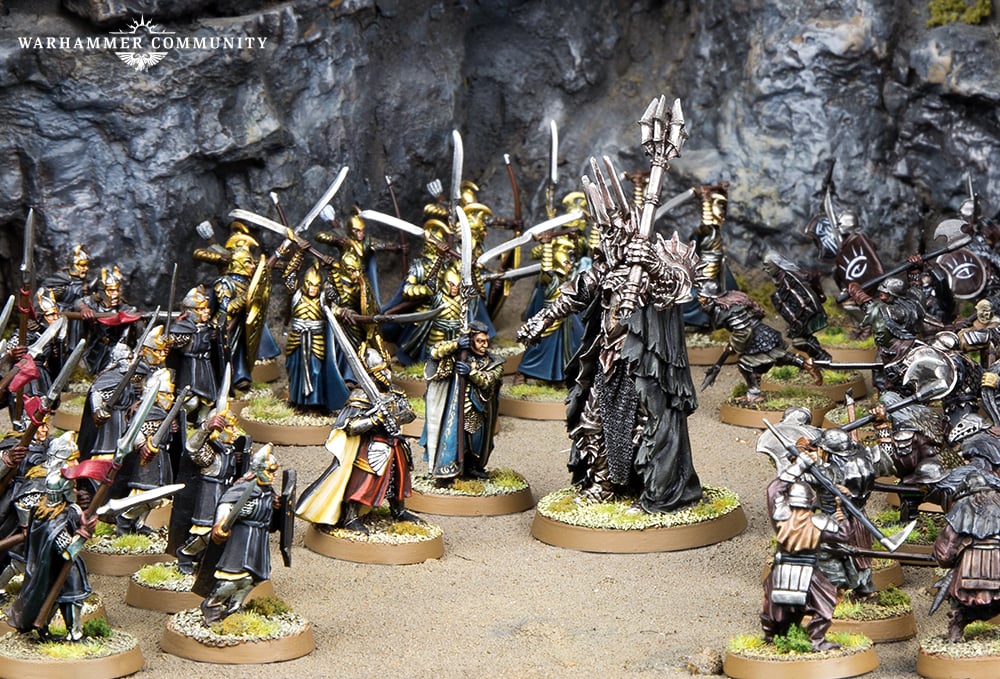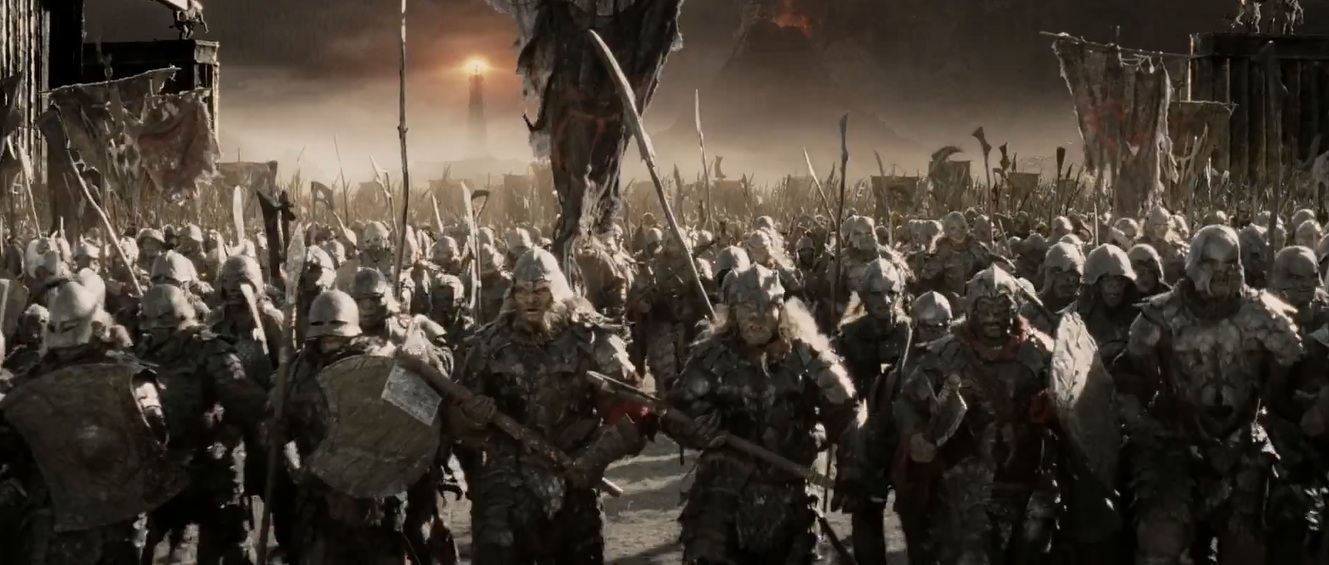Hey there readers,
I know I said that my next post would be on Minas Tirith - and I've almost got that one ready - but during the intervening time, I decided to do a little research on something I've been thinking about for a while...
A LONG time ago, I did a series of games where I played all six scenarios from the warbands sourcebooks with the Fellowship. Those were good times. During that time, I got to spend a lot of time playing around with the first Forces of Good team I ever owned (not hard, since they were in the starter set at the time): the Fellowship of the Ring. Within that force, I very quickly came to enjoy playing with Aragorn (AWESOME), Legolas (AWESOME), Gimli (AWESOME), and Boromir (AWESOME). Occasionally, I'd have the points for Gandalf, but we played at the 500-pt level back then and let's just say that with these four guys in your team, you're hard-pressed to get Gandalf in there too (even at 600-pts it's a bit of a stretch).
But during those games, the one model I enjoyed using (though I didn't think he was worth his points all the time) was Frodo. Yes, he had the Ring, but other than that, he was very expensive and wasn't good in melee.
But he had the Ring. And this made him awesome (for reasons we'll see a little later).
Fast-forward a few years and now we've got new rules. If you read through the rulebook as quickly as I did, there were a few things you skipped because there was no way they would change. And if you were like me, you probably assumed that the full-page rules for the One Ring didn't have any major changes either. Well, I was wrong. And THAT's what we're going to be talking about today - what the Ring used to be and what it is now. While some things haven't changed much, how you use the Ringbearer has changed dramatically.





